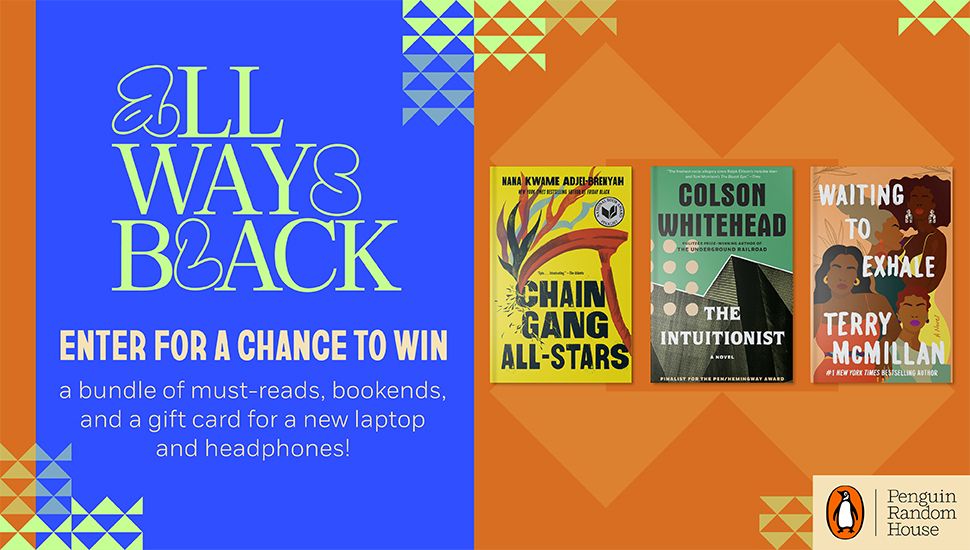Remembering David Bowie through Comics
Late Sunday night, David Bowie’s family announced that he had died after an eighteen-month battle with cancer. Like many of you, I was devastated; it wasn’t so much that I thought Bowie literally immortal, as that it was so unexpected coming just two days after what would turn out to be his final studio album.
I have been listening to a lot of Bowie the past couple of days. A lot of you have been rewatching Bowie’s movies, especially Labyrinth if my Twitter feed is anything to go by. I think I might read some comics to remember him. Not so much comics about Bowie (though those do exist); rather comics in the key of Bowie. Or, considering how much Bowie reinvented himself and his music, a key of Bowie.
I’m really going to miss you, David Bowie.
The Sandman, #4 (“A Hope in Hell”), 21-28 (“Season of Mists”), by Neil Gaiman and Various Artists (Vertigo)
When Morpheus went to hell in The Sandman #4 (“A Hope in Hell”), Neil Gaiman famously instructed Sandman‘s penciller, Sam Keith, to draw Lucifer as David Bowie. Keith got the likeness spot on: Lucifer is Bowie, more Bowie than even Bowie:
Later, when Gaiman wrote the Hell-themed arc “Season of Mists,” he repeated the Lucifer-as-Bowie instruction to incoming artist Kelley Jones, as Jones related in Hanging Out with the Dream King: Conversations with Neil Gaiman and His Collaborators: “Neil was adamant that the Devil was David Bowie. He just said, ‘He is. You must draw David Bowie. Find David Bowie, or I’ll send you David Bowie. Because if it isn’t David Bowie, you’re going to have to re-do it until it is David Bowie.'”
But, Lucifer doesn’t just look like Bowie. He also channels one of Bowie’s key characteristics: mutability. When, in Season of Mists, he decides the status quo has gotten old and he’s tired of playing along with demons’ rhyming games, he gives it all up to start a new life elsewhere, eventually opening up a piano bar in Los Angeles during The Kindly Ones arc. Having once sworn to destroy Morpheus, Lucifer sets the hate aside and gets to work on his new project. It’s epically Bowie.
Recommended listening: The Man Who Sold the World (“A Hope in Hell”), Lodger (“Season of Mists”)
Lucifer, by Mike Carey and Peter Gross (Vertigo)
After The Sandman ended, Lucifer got his own spinoff series by Mike Carey and Peter Gross. It’s pretty amazing, exploring questions of free will and the nature of the divine. Lucifer himself remains firmly Bowie-esque, though definitely a later stage, more respectable Bowie; the Bowie who started wearing nice suits, while still making innovative music. I mean, just look at that amazing cover to Lucifer #16 by Christopher Moeller: even if he looks a few years older and a bit more establishment, it still screams Bowie.
Recommended listening: Heathen
The Wicked + The Divine, by Kieron Gillen and Jamie McKelvie (Image Comics)
Okay, one last “Bowie as Lucifer” comic, but there’s no way I could pass this one by. In The Wicked + The Divine, Gillen and McKelvie have created a pantheon of gods who are literally rock stars: they live hard, die young, and connect with their fans/worshippers through elaborate performances. Lucifer (or Luci) is very Thin White Duke-era Bowie, dressed all in white with her hair slicked back and a devil-may-care attitude. Interestingly, Gillen and McKelvie almost went with an all-Bowie pantheon:
In the end, we went with Luci. pic.twitter.com/RLwePCcHko
— Jamie McKelvie (@McKelvie) January 11, 2016
If you aren’t already reading The Wicked + The Divine, I highly recommend it. It’s absolutely fantastic stuff that gets to the heart of the nature of fame, fandom, and the brutality of the internet.
Recommended listening: Station to Station
Jim Henson’s Return to Labyrinth, by Jake T. Forbes and Chris Lie (TokyoPop)
Set years after the original Labyrinth, Jareth the Goblin King once more brings the now-teenage Toby to the goblin castle, this time to name him as his heir. Given the love people have for Labyrinth (as well as the infamous effect Bowie’s, um, non-musical assets, had on the film’s pubescent audience…), I’m not going to sell this one too hard. You already knew if you wanted to read this the second you saw the cover image over there.
A quick warning before you get too excited, though: Return to Labyrinth is currently out-of-print, though it’s not too hard to track down a copy from Amazon resellers or Abebooks (though later volumes can get expensive). Assuming Archaia/Boom has the rights to this now (since they have the license to Labyrinth and other Jim Henson properties), this would be an ideal candidate for re-release. Hint, hint.
Recommended listening: The Labyrinth soundtrack

Can you get more Bowie than a rock opera in space? In Captain Marvel #9, Carol meets up with her old rock idol, Lila Cheney (who is also a mutant who can teleport intergalactic distances), and has to help her get out of an engagement with the prince of a world where everyone speaks in rhyme. It’s a lot of fun if you’re looking for a single issue story to cheer you up after all of the gloom and doom above (and the rest of the trade it appears in is pretty good, too!).
Recommended listening: Aladdin Sane
Red Rocket 7, by Michael Allred and Laura Allred (Image Comics; originally Darkhorse Comics)

Recommended listening: The Rise and Fall of Ziggy Stardust and the Spiders from Mars














